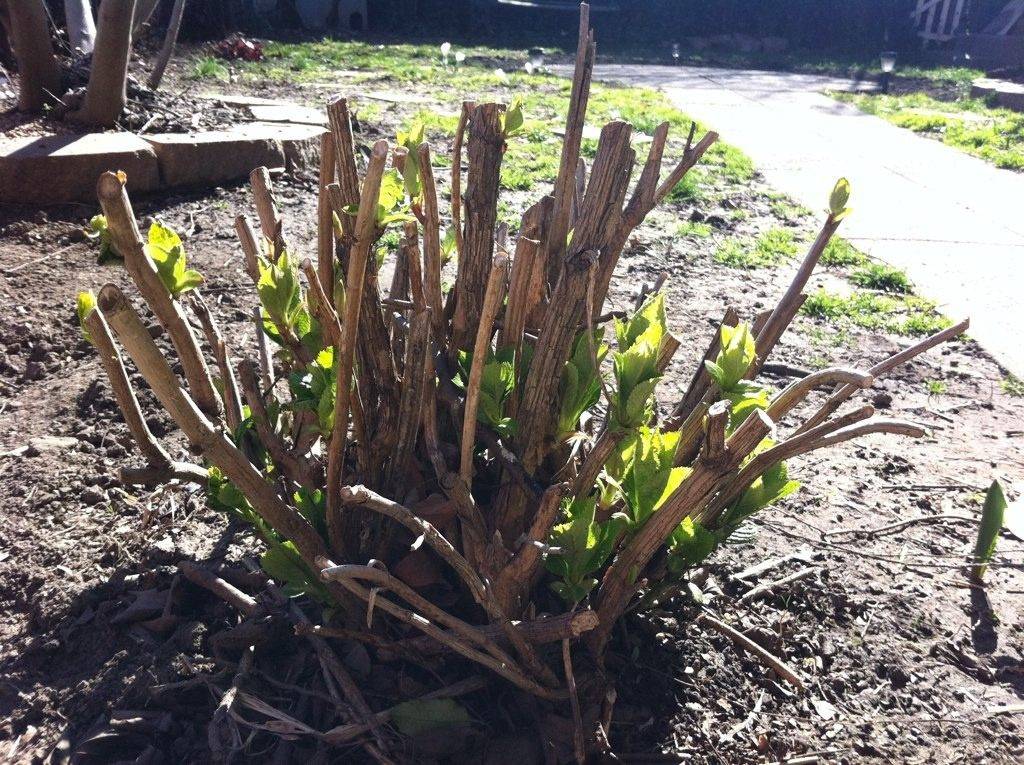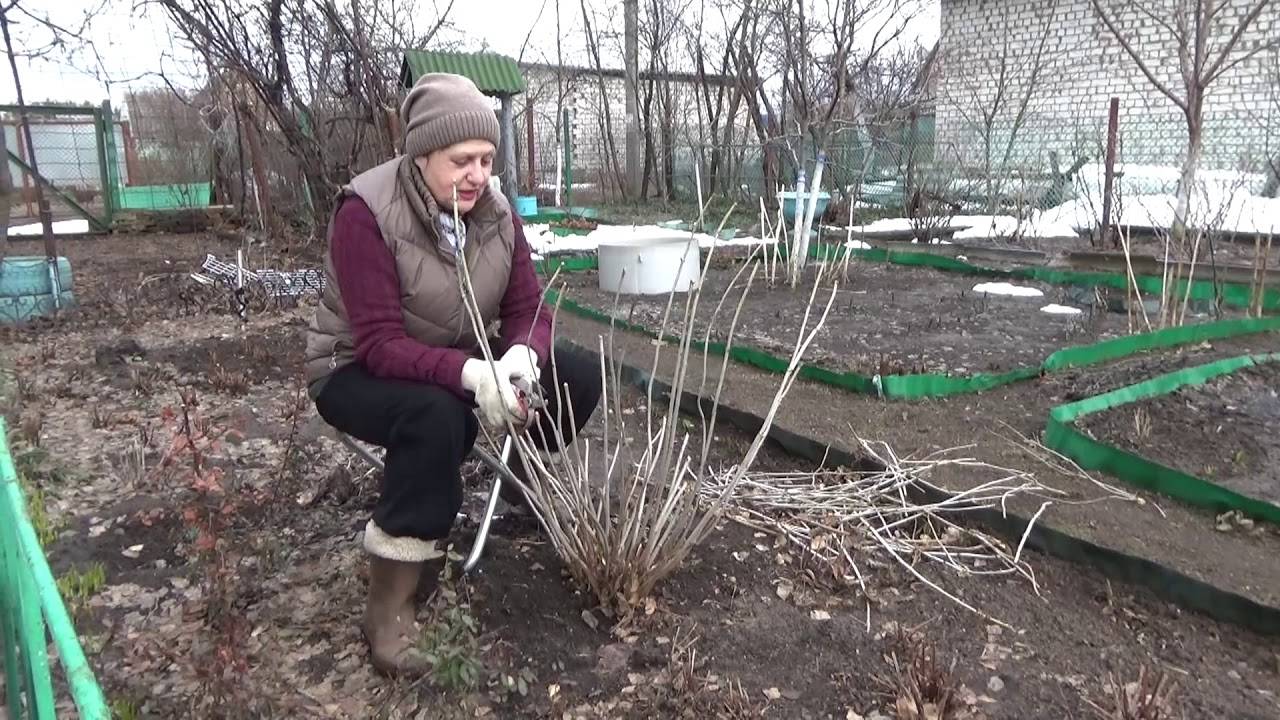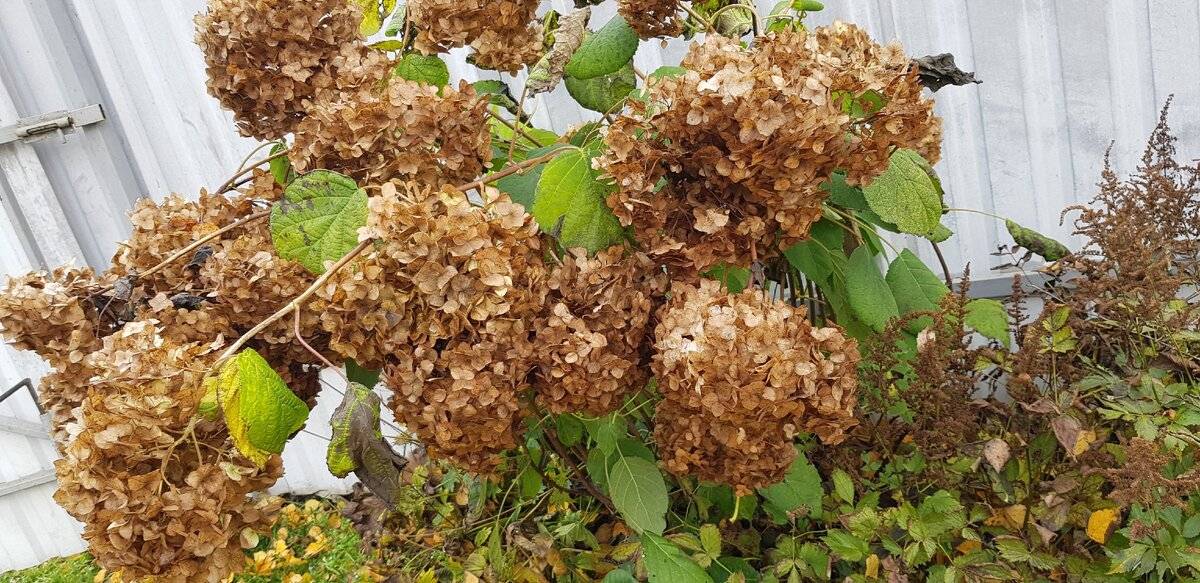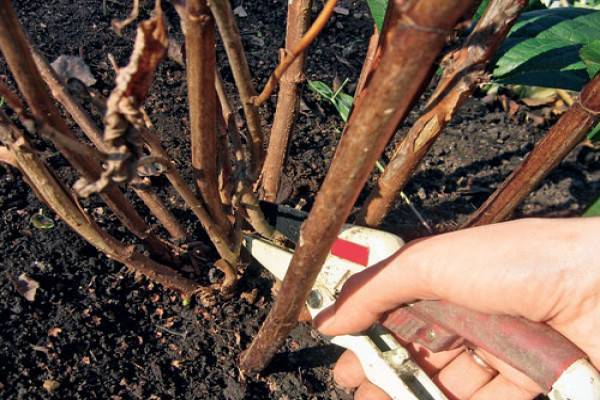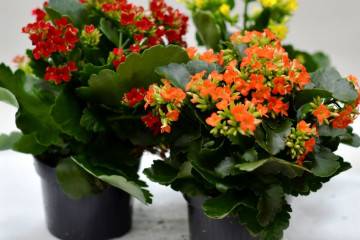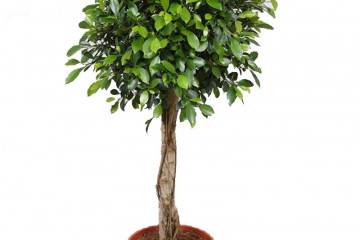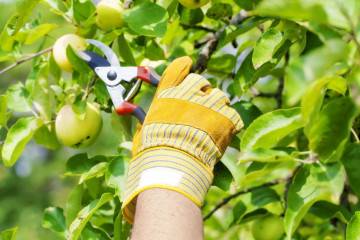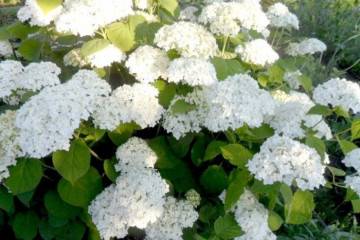How to prune a hydrangea in the spring correctly and whether it is necessary to prune it
Content:
Hydrangea is a spectacular perennial that can become a real decoration of a garden plot. In order for the plant to please with its beautiful shape and abundant, long flowering, experts recommend systematic pruning. Below is information to help you figure out how to prune your hydrangea in spring.
How to prune hydrangeas in spring
Decorative, paniculate and large-leaved hydrangea species need systematic spring pruning. It allows plants not to lose their decorative qualities, namely:
- avoid thickening of the bushes;
- avoid crushing the inflorescences.
The procedure should be carried out in the spring, while the buds have not yet had time to bloom, and the threat of frost has passed.
Types of pruning
Among the main types of pruning hydrangeas are:
- sanitary pruning, the goal is to remove old, damaged branches, dead woods, inflorescences that have withered last year;
- formative pruning, with which you can adjust the density and shape of the crown, as well as make the bush more attractive. Young plants need the formation of skeletal shoots;
- stimulating type of pruning, the purpose of which is to shorten the shoots to obtain abundant flowering;
- cardinal rejuvenation. A radical pruning is carried out to remove the maximum number of shoots that look old or dry, damaged.
Also, do not forget about the need to remove the inflorescences that managed to bloom last year. As a rule, gardeners prefer to remove them in the spring, because with the onset of frost, their shade changes. In winter, bushes with such inflorescences add a special sophistication to the garden, and under the snow cover, the dry caps of the inflorescences look especially attractive.
Timing of pruning shrub hydrangeas
Hydrangea pruning should be done in early spring, before the buds have time to bloom. As a rule, the procedure is performed in mid-April or early May. In this case, it is worth paying attention to the swelling of the growth buds. Until the buds are swollen, it is not worth pruning, since they can indicate the location of young shoots. In summer, you cannot cut off shoots.
Bushes that take shelter for the winter are fully cut off exclusively in the spring. In autumn, the shoots are only slightly shortened.
Advantages and disadvantages
Among the main advantages of spring pruning hydrangeas are:
- appearance. When pruning shoots in the spring, the florist improves the external data of the shrub, creating the desired outlines of the plant;
- abundance of flowering. Cutting off dried branches stimulates the growth of new shoots that produce a larger number of inflorescences, which are large in size and bright in color;
- the correct selection of branches to be cut. In early spring, it is easy to separate a living shoot from a dying one, which should be cut off so that the bush is healthy and new shoots grow quickly. It is worth remembering that the buds on live shoots will be swollen;
- reducing the risk of freezing. Carrying out the procedure in the spring, there is no risk of damage to the cut area by severe frosts. However, do not forget about the need to treat the cut area with a small amount of charcoal powder, which serves as an antiseptic that stimulates the growth of young branches.
The main disadvantages of spring pruning of perennial decorative culture include:
- tight deadlines. The procedure can be carried out in the spring months, when the sap flow in the plant has not yet begun. A later pruning can cause irreparable harm to the perennial. Culture against the background of the transferred stress may stop forming inflorescences;
- the time it takes for new shoots to grow. It is often required to wait for the appearance of young inflorescences for a longer time than is required in a situation when pruning of branches was carried out in the fall;
- growth phase. After the florist carries out spring pruning, the growth phases of the culture are shifted. Hydrangea will expend energy for prolonged maturation. This will cause the bush to become susceptible to severe frosts.
Necessary measures after pruning
Pruning hydrangeas in spring is an important activity that should not be overlooked when growing such an exquisite plant. After this event, it is worth adding top dressing to the soil, and mulching the area of the near-stem zone with sawdust. Correctly carried out plant care measures in spring will contribute to longer and more abundant flowering.
Common mistakes during the trimming procedure
In the first years after planting, hydrangea grown from cuttings does not need pruning. Young shrubs at this time are gaining strength due to the development of the root system and branches.
Beginners in the field of floriculture often make mistakes when pruning hydrangeas:
- cut off too young bushes;
- make cuts next to the buds, which causes the branch to dry out;
- do not leave a stump, the thickness of which reaches 3-4 cm, so that after it dries, a more accurate cut can be made.
The basics of pruning and forming a hydrangea tree
Gardeners deprived of experience often wonder how to cut a hydrangea. To achieve more accelerated growth of the shrub and abundant flowering, it will be necessary to carry out various types of pruning of the tree hydrangea every spring. Below you can find out about each type of procedure:
- the first step is to carry out the sanitary pruning procedure. During the event, you will need to remove broken branches, shoots that are frozen or weakened:
- thinning type of procedure, during which, you should cut off the weakest branches or too thin shoots growing in the central part of the bush. The flower grower must trim the branches at their base;
- stimulating pruning of tree shrubs helps stimulate the emergence of stronger shoots. Annual branches are cut in such a way that 3-4 buds are located on them. If you cut off most of the shoot, then flowering will have to wait longer, and the size of the inflorescences will be insignificant;
- pruning hydrangea trees for rejuvenation is carried out every 5 years. Old shoots are cut in such a way that their length does not exceed 9-10 cm. For old bushes it is best to cut off branches gradually, extending the procedure for 3-4 seasons. This will avoid the death of the shrub, which will undergo severe stress;
- sanitary pruning is advisable when, after severe frosts, most of the branches remain frozen.It is these branches that should be removed from the bush.
The basics of pruning and shaping panicle hydrangeas
The panicle type of perennial is distinguished by the formation of large inflorescences. The bush branches quite widely. Flowers are not covered for the winter, since the panicle hydrangea is frost-resistant. On young shoots, the age of which has reached 3 years, a new branch is formed from each bud.
Novice growers should take into account that in the spring, panicle hydrangea needs various types of pruning, which can be found below:
- sanitary type, in the process of which frozen branches, dead woods and thin shoots must be removed. Shoots that have reached the age of 1 year must be trimmed in such a way that about 3-4 buds remain on each branch. This will make it possible to achieve abundant flowering and increase the number of shoots on which inflorescences are formed;
- the forming type of pruning allows you to achieve the desired shape of the shrub. Below you can find out more about this procedure;
- pruning for rejuvenation, during the execution of which branches growing from one point must be removed. It is worth leaving only those whose growth is directed not towards the central part of the bush, but outward.
In the process of performing formative pruning of panicle hydrangea in autumn or spring, one of the following forms can be achieved:
- standard, during the formation of which you can achieve the outlines of a neat tree, its crown will differ in density. To form a similar shape, you should pick up plants, the stem of which is dominant. As soon as the age of the perennial reaches 3 years, it is worth choosing an upright shoot, which will need to be tied to a support. Lateral branches formed during the summer months need pinching. In early April, lateral shoots are cut off. Last year's branches will begin to form the top of the crown. Each spring, it is required to cut the length from the shoots of the largest size, on which 2-3 buds are located, until the standard crown is formed. It is possible to obtain a crown with drooping or vertically standing shoots;
- bush form, for which you will need to bury the seedlings when planting. This will allow for the formation of multiple shoots. As the shrub grows, the weakest branches are removed. Thin branches are trimmed to improve the dimensional characteristics of the inflorescences. Every year in April, last year's shoots must be shortened so that 2-3 pairs of buds remain. Systematic sanitary pruning keeps the hydrangea in bush shape.
Spring pruning of large-leaved hydrangea
When pruning large-leaved hydrangeas in the spring, you should adhere to the following tips:
- good young shoots that have not yet had time to please with the formation of inflorescences are preserved for the next year;
- biennial branches, on which inflorescences have already been formed, must be removed;
- large branches are cut off before the outgoing new shoot;
- dead branches that have been damaged or frozen out should be removed;
- perennial shoots are cut off;
- weakened short branches are removed.
Cardinal rejuvenation
Bushes that have been affected by diseases or an invasion of pests are in a state of depression and neglect. To restore the health of the bush, you will need to carry out anti-aging pruning. It will be necessary to cut off diseased bushes under a stump, affecting perennial shoots and not touching young shoots.
Hydrangea care after the procedure
After pruning, fertilizer will need to be applied under the bush, which will stimulate the development of young shoots and will not allow the shoots to stretch out or become thinner. It is best to feed the bushes with mineral fertilizer.
It is also worth mulching the soil in the flower bed. As a mulch, you should use:
- compost;
- manure;
- peat;
- humus.
Hydrangea, with proper care, can become a highlight of the garden. It is important not to forget about the need for spring pruning, top dressing and mulching of the area where exquisite flowers grow. The step-by-step pruning process described in the article will help the grower avoid mistakes.
